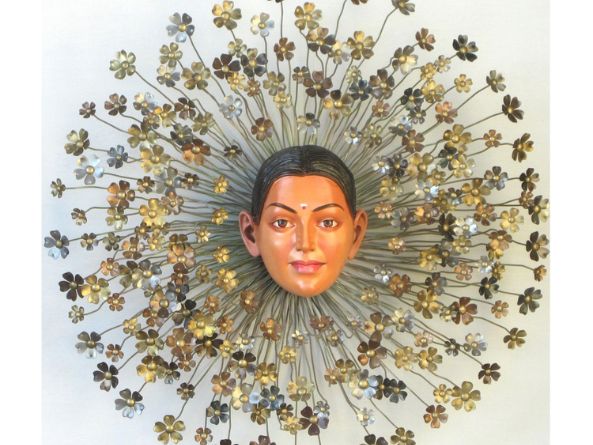Figurative vs. Abstract Sculpture – Understanding the Key Differences

Figurative vs. Abstract Sculpture – Understanding the Key Differences
Sculpture has always been about more than form in space; it is permanence, presence, and poetry in material. Across countless years and civilizations of art, sculpture artwork has stood as a record of the human will to both imitate life and push beyond it. At Kadari Art Gallery, we curate that conversation between classic and contemporary, recognizing continuities between figurative sculptures and abstract sculptures that shape the ongoing story of art.
Sculptures: Timeless Resplendence of the Figurative
For centuries, artists have turned to the human body and nature for inspiration. Figurative sculptures are part of this dialogue; they take from human gestures, expressions, and narratives that we recognize as familiar, commonplace, and deeply human.
The beauty of figurative work is relationship; a finely carved face, a flowing robe in bronze, a suggestion of movement frozen in stone, all speak a language that need not be translated. Collectors of figurative pieces often do so not because of beauty alone, but due to the ability of the piece to transcend time, space, culture, and memory.
Abstract Sculptures – The Bold Language of Form
When figurative works ground us in the familiar, abstract sculptures expand us toward the infinite. Here, form is emotion, texture is language, and material is pure expression.
Abstract art is less about "what you see" and more about "what you feel." Smooth organic curves may conjure calmness, while sharp geometric structures abound with vigor and intensity. This is the freedom of the work and one of the reasons abstraction is a staple and signature of modern collections.
Where the Two Meet
Although typically described as opposites, figurative and abstract are in dialogue rather than competition. Both approaches to sculpture artwork share the same origin as a desire on the part of an artist to communicate. Figurative indicates stories we know, while abstract presents stories yet to be imagined.
At Kadari Art Gallery, we enjoy curating exhibitions where these two worlds can meet.
Conclusion
Art is not simply about one style or language having primacy over the other. It is about caricatures and figurative work, reminding us of our humanity and roots, and getting lost in the limitless, expansive world that an abstract work wishes to take us.
At Kadari Art Gallery, we want to celebrate this duality—every piece should capture the intimate nature of tradition while released into the exhilaration of freedom.
Frequently Asked Questions (FAQs) :
1. What is the primary distinction between figurative and abstract sculptures?
Figurative works of art depict recognizable identifiers, while an abstract work relies on form, space, and emotions without literal identifiers.
2. Is it acceptable to mix figurative sculptures and abstract sculptures in my collection?
Yes! Collectors enjoy the contrast between the familiar and the abstraction, creating sophistication when placed together in interiors.
3. What type of sculpture artwork works best in a luxury modern home?
Abstract pieces are often more suited for a boisterous modern residence, while figurative works add a sense of depth and reflect elegance.
4. Are abstract sculptures harder to understand?
They are generally more open to interpretation. Abstract pieces allow the audience to engage personally and create a unique experience every time they encounter the piece.
5. What do I do if I want to start collecting but am inexperienced with sculpture?
Start by collecting what speaks to you emotionally - whether it is the narrative richness of figurative art or the bolder embrace of abstraction, trust your instincts, they will guide your collection.









